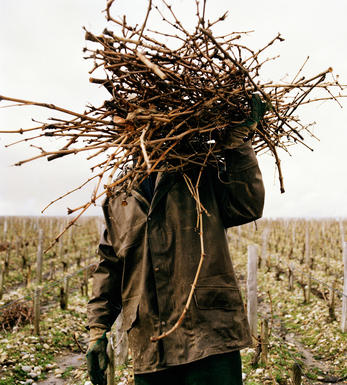
Critics reviews
Robert M. Parker, Jr. - Wine Advocate - Issue#199 - Feb 2012
About this WINE

Chateau Dauzac
Château Dauzac, a 5emè Cru Classé Margaux estate, has a long history stretching back to the early 19th century. However its fortunes dwindled during much of the 20th century and by the 1970s it had acquired a reputation as one of the leading underperfomers in the Médoc and it would have struggled to retain its 5emè cru classé in any re-assessment of the 1885 Classification.
Dauzac's white knight came in the from of Félix Chatelier who acquired the property in 1978. He built a new cuviar, completely renovated the cellars and extensively replanted in the vineyards. In 1989 the M.A.I.F. (Mutuelles d'Assurances des Instituteurs de France) acquired the Château - they continued the investment and in 1992 handed over the running of the estate to André Lurton.
Dauzac is located in the far south of the Margaux appellation and consists of 45 hectares of vineyard, planted with 58% Cabernet Sauvignon, 37% Merlot and 5% Cabernet Franc. Vinification is in temperature-controlled-stainless steel tanks and the wine is matured in oak barriques (60% new) for 12 months.
Quality is now at an all time-high and Dauzac now represents one of the Médoc's shrewdest buys.

Margaux
If Pauillac can be seen as the bastion of ‘traditional’ Red Bordeaux, then Margaux represents its other facet in producing wines that are among Bordeaux’s most sensual and alluring. It is the largest commune in the Médoc, encompassing the communes of Cantenac, Soussans, Arsac and Labaude, in addition to Margaux itself. Located in the centre of the Haut-Médoc, Margaux is the closest of the important communes to the city of Bordeaux.
The soils in Margaux are the lightest and most gravelly of the Médoc, with some also containing a high percentage of sand. Vineyards located in Cantenac and Margaux make up the core of the appelation with the best vineyard sites being located on well-drained slopes, whose lighter soils give Margaux its deft touch and silky perfumes. Further away from the water, there is a greater clay content and the wines are less dramatically perfumed.
Margaux is the most diffuse of all the Médoc appelations with a reputation for scaling the heights with irreproachable wines such as Ch. Margaux and Ch. Palmer, but also plumbing the depths, with too many other châteaux not fulfilling their potential. There has been an upward shift in recent years, but the appellation cannot yet boast the reliability of St Julien. However, the finest Margaux are exquisitely perfumed and models of refinement and subtlety which have few parallels in Bordeaux.
Recommended Châteaux: Ch. Margaux, Ch. Palmer, Ch. Brane-Cantenac, Ch. Rauzan-Ségla , Ch. Dufort-Vivens, Ch. Ferrière, Ch. du Tertre, Ch. Giscours, Ch. d'Angludet.

Cabernet Sauvignon Blend
Cabernet Sauvignon lends itself particularly well in blends with Merlot. This is actually the archetypal Bordeaux blend, though in different proportions in the sub-regions and sometimes topped up with Cabernet Franc, Malbec, and Petit Verdot.
In the Médoc and Graves the percentage of Cabernet Sauvignon in the blend can range from 95% (Mouton-Rothschild) to as low as 40%. It is particularly suited to the dry, warm, free- draining, gravel-rich soils and is responsible for the redolent cassis characteristics as well as the depth of colour, tannic structure and pronounced acidity of Médoc wines. However 100% Cabernet Sauvignon wines can be slightly hollow-tasting in the middle palate and Merlot with its generous, fleshy fruit flavours acts as a perfect foil by filling in this cavity.
In St-Emilion and Pomerol, the blends are Merlot dominated as Cabernet Sauvignon can struggle to ripen there - when it is included, it adds structure and body to the wine. Sassicaia is the most famous Bordeaux blend in Italy and has spawned many imitations, whereby the blend is now firmly established in the New World and particularly in California and Australia.



Buying options
Add to wishlist
Description
Has Dauzac ever made a wine this good? Deep ruby/purple, with notes of graphite and black currants followed by some spicy oak and licorice in a creamy, plump succulent texture that almost reminds me of a Right Bank wine, this 2009 is full-throttle, dense and super-concentrated. It is an amazing Dauzac. Drink it over the next 25 years.
Robert M. Parker, Jr. - Wine Advocate - Issue#199 - Feb 2012
wine at a glance
Delivery and quality guarantee